RECURSOS DEL LIBRO NATURAL SCIENCE BY ME:
Haz click en estos enlaces para acceder:
Introducir aquí código de acceso al material digital
Vocabulario de las unidades de Natural Science
Family corner
UNIT 6: HOW DOES IT WORK?
MOP
MACHINES MAKE WORK EASIER
Machines help us do lots of different jobs.
They make work easier.
SIMPLE AND COMPLEX MACHINES
Simple: Simple machines have only a few parts.
Complex: Complex machines have lots of parts.
Some machines use electricity.
HOW MANY PARTS DOES IT HAVE?
A CLOTHES PEG HAS THREE (3) PARTS.
JOBS AND MACHINES
A dentist uses...
A carpenter uses...
A cook uses...
A hairdresser uses...
A garderner uses a...
Parts of a computer
A computer is a complex machine.
It has lots of parts.
We use computers at school, at work and at home.
printer
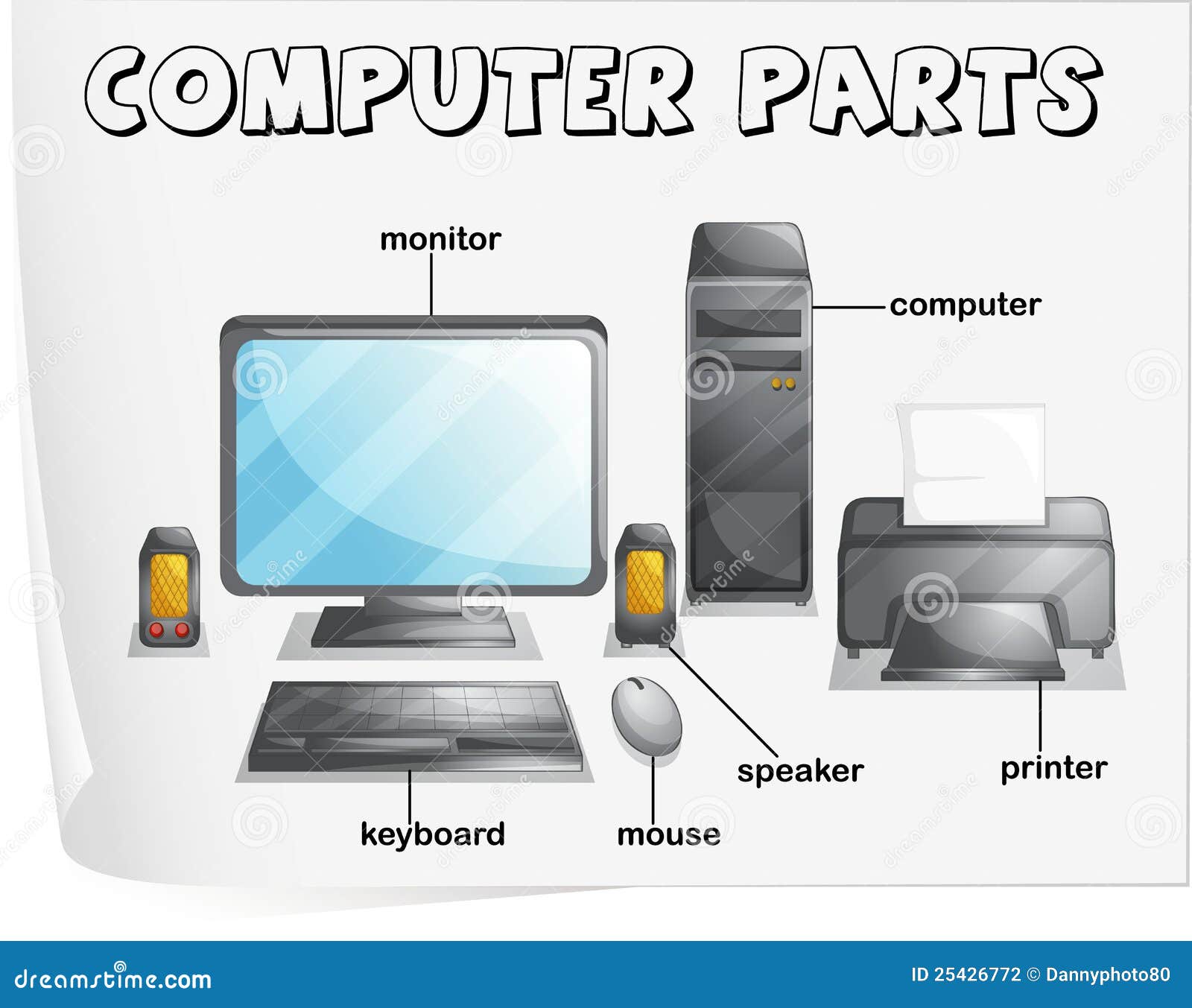
disk drive
ELECTRICITY
Some machines have a plug and use electricity from the mains.
plug
Other machines use batteries.
batteries
BE CAREFUL AROUND MACHINES
Be careful with machines and electricity.
You can have an accident if you do not use things properly.
GAMES:
ELECTRICITY
COMPUTER PARTS
Do not run with scissors in your hands.
Do not use a hairdryer near water.
Do not plug in too many electrical things into one outlet.

Do not leave cables where people can trip over them.
UNIT 5: WHAT IS IT MADE OF?
Natural materials
Natural materials come from the ground or from living things.
 wood
wood
Manufactured materials
Manufactured materials are made by people.
 cup
cup t-shirt
t-shirt yarn
yarn
We use natural materials to make them.
-Wool from sheep is used to make yarn.
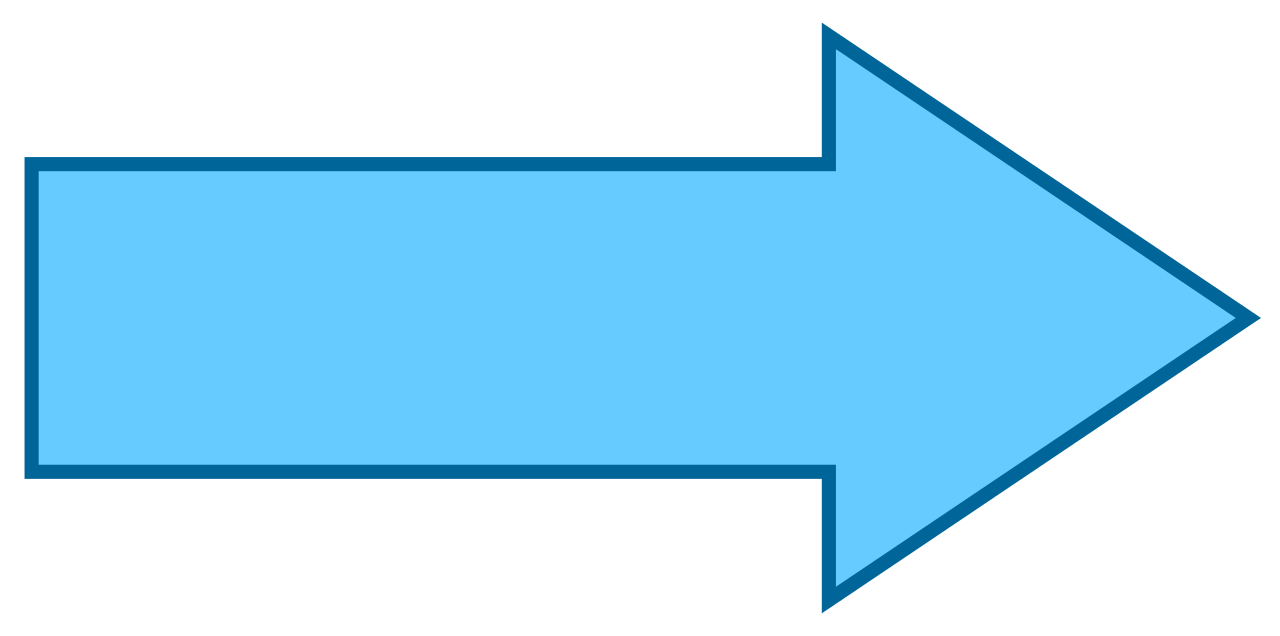

-Trees are used to make paper.

-Cotton is used to make t-shirts.


Properties of materials
Materials can be hard or soft.
 Wood is hard.
Wood is hard.
Materials can be smooth or rough.
Materials can be bendy or rigid.
 A mirror is rigid.
A mirror is rigid.
Materials can be shiny or dull.
A rock is hard and rough.

A teddy is soft and bendy.

This pot is rigid and dull.

Aluminium paper is shiny and smooth.

Materials can be made of...
 glass
glass wood
wood fabric
fabric metal
metal plastic
plastic paper
paper
Transparent and opaque
 Glass is transparent.
Glass is transparent.
Materials change shape
When we bend, stretch or squeeze materials some stay in the new shape and some go back to their old shape. Some don´t change at all.

squeeze
If you bend plasticine, it stays in the new shape.

If you stretch a rubber band, it goes back to the old shape.
If you squeeze a rock, it doesn´t change.

Other changes
Heat, cold, water and air can change materials too.

UNIT 4: ANIMALSVERTEBRATES AND INVERTEBRATES
Juego 1
Juego 2
Invertebrate animals do not have skeleton.



Vertebrate animals have a skeleton.

![vertebrates[1].gif](http://primary2wiki.wikispaces.com/file/view/vertebrates%5B1%5D.gif/276725730/800x447/vertebrates%5B1%5D.gif)

DIFFERENT ANIMALS
Mammals have fur.

 FUR (piel)
FUR (piel)

Birds have feathers and beak.

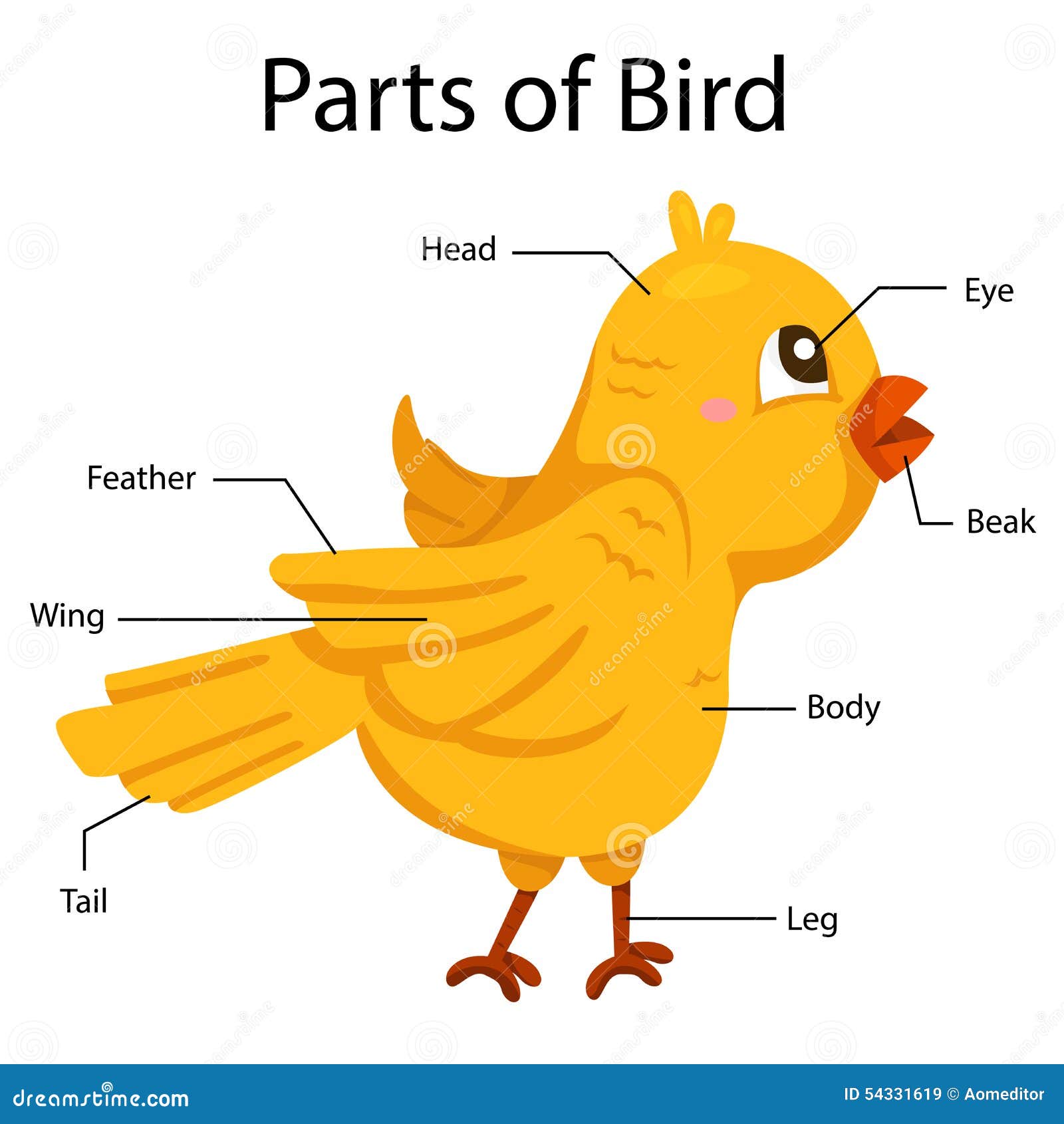


Reptiles have scales and tale.


TAIL (cola) SCALES (escamas)



Amphibians have moist skin.
 MOIST SKIN (piel húmeda)
MOIST SKIN (piel húmeda)


Fish have fins and gills.


![all_fish[1].gif](http://primary2wiki.wikispaces.com/file/view/all_fish%5B1%5D.gif/280834080/all_fish%5B1%5D.gif)




HOW DO ANIMALS MOVE?
Animals move in different ways.
Snakes slither.

Elephants walk.
Birds fly.
Sharks swims.
HOW ARE ANIMALS BORN?
Viviparous animals give birth to live babies.
Oviparous animals lay eggs.
WHAT DO ANIMALS EAT?
Hervibores eat plants.

Carnivores eat animals.

Omnivores eat plants and animals.

ANIMALS LIVE ON LAND AND IN WATER
Some animals live on land.
Some animals live in water.
DOMESTIC AND WILD ANIMALS
DOMESTIC ANIMALS
Domestic animals live near people.
Some domestic animals give us food and others give us company.

WILD ANIMALS
ADIVINA ADIVINANZA...
Adivina de que animal hablamos:
1.
It lives on land and in water.
It has moist skin.
It lay eggs.
2.
It lives on land.
It is a carnivore.
It walks, runs and jumps.
3.
I’ve got fur.
I live on land.
I’m a herbivore.
4.
I’ve got scales and a tail.
I live in the water and on land.
5.
I’ve got fins and gills.
I live in the water.
Respuestas...
1. FROG
2. LION
3. GIRAFFE
4. CROCODILE
5. FISH
UNIT 3: LIVING THINGS (seres vivos)
LIVING THINGS
Animals and plants are living things.

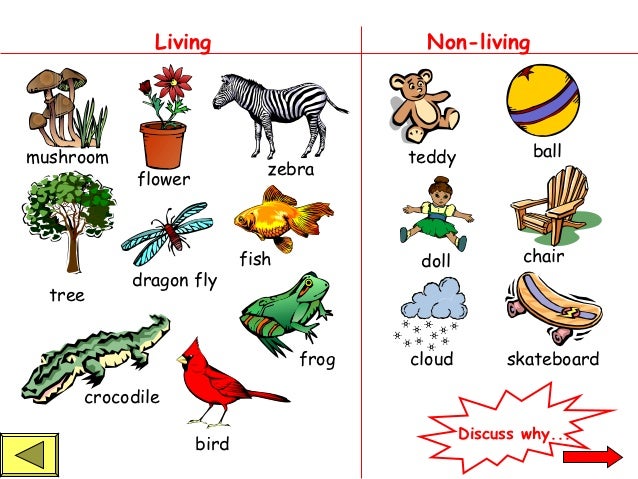

Plants and animals are living things.
Rocks and water are non-living things.
Living things are born (nacen), grow (crecen), they reproduce (se reproducen) and they die (mueren).
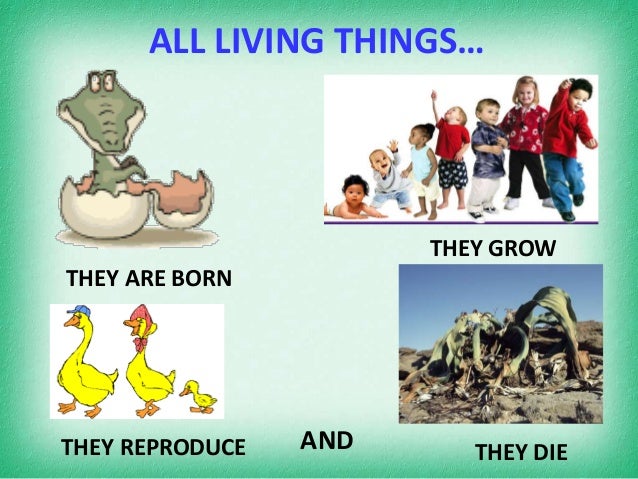
THE LIFE CYCLE OF A PLANT
Plants grow, produce seeds for new plants and die.
Las plantas crecen, producen semillas para nuevas plantas y mueren.
Plants grow, produce seeds for new plants and die.
Las plantas crecen, producen semillas para nuevas plantas y mueren.

Plants need air, water and sunlight to grow.
Las plantas necesitan aire, agua y la luz del sol para crecer.
PARTS OF A PLANT:
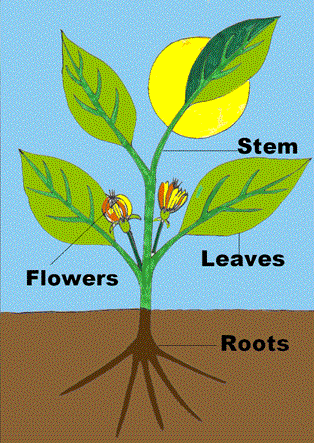

SEEDS
ROOTS
LEAVES
FLOWERS
DIFERENT STAGES OF LIFE:
-Animals are born.
-Need food to grow.
-And die.
Baby animals:
-A kitten is a baby cat.
-A puppy is a baby dog.
-A piglet is a baby pig.
-A chick is a baby hen.
UNIT 2: HEALTHY HABITS
Aquí os dejo algunos juegos para practicar los conceptos de esta unidad. Haz click en los siguientes enlaces para empezar a jugar:
UNIT 1: all about me!
En esta unidad estamos aprendiendo muchas cosas sobre nuestro cuerpo. -Hemos aprendido que nuestro cuerpo se divide en tres partes: head (cabeza), torso (tronco) and limbs (extremidades).

JUEGO: FACE
GAME: FACE PARTS
STORY: LITTLE RED RIDING HOOD (CAPERUCITA ROJA)
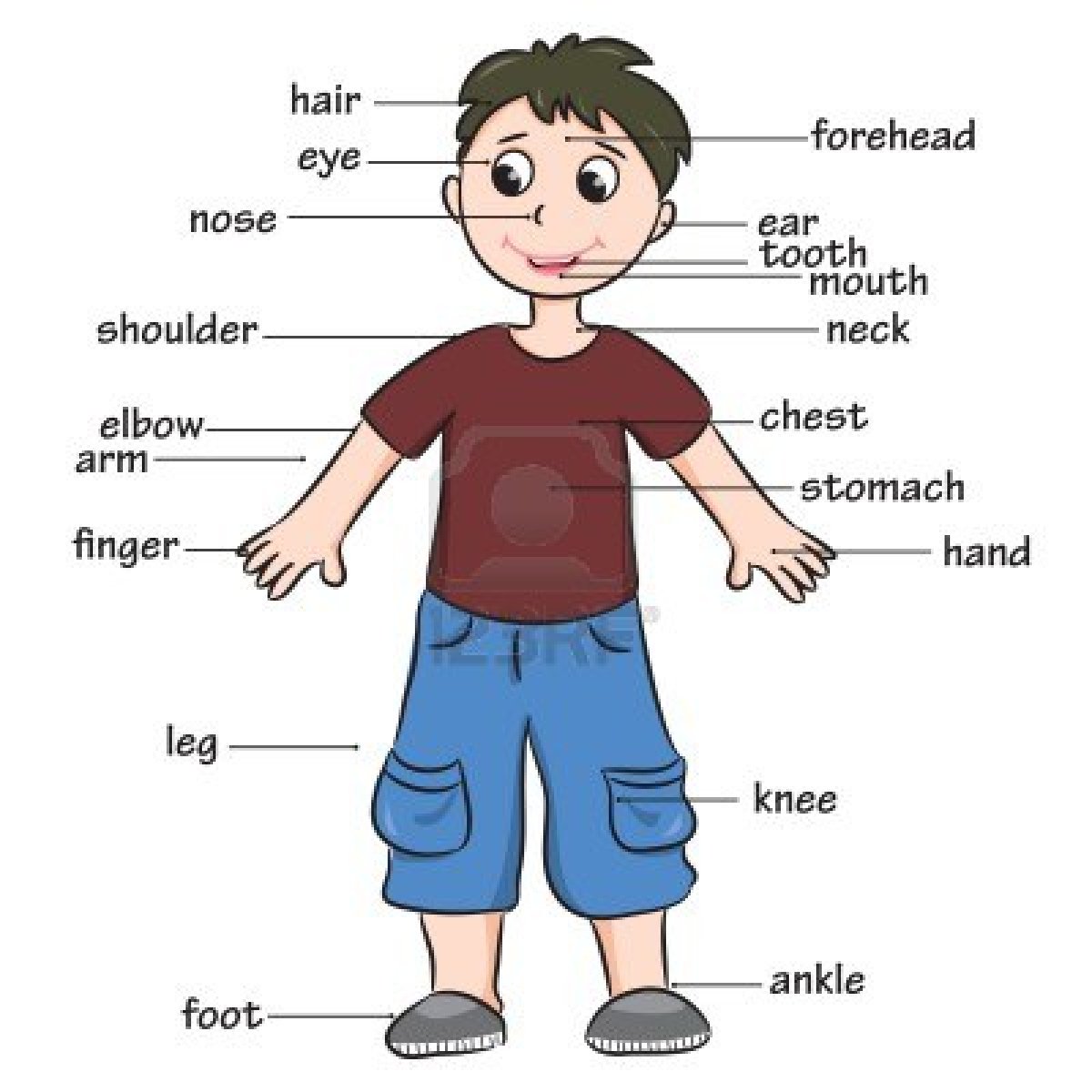
También sabemos que las articulaciones ayudan a nuestro cuerpo a moverse: joints (articulaciones).
Aquí os dejo un vídeo de una canción que estoy segura que os suena de infantil:
También hemos aprendido las partes de la cara:

JUEGO: FACE
GAME: FACE PARTS
STORY: LITTLE RED RIDING HOOD (CAPERUCITA ROJA)
Las partes del cuerpo:
También sabemos que las articulaciones ayudan a nuestro cuerpo a moverse: joints (articulaciones).
Aquí os dejo un vídeo de una canción que estoy segura que os suena de infantil:







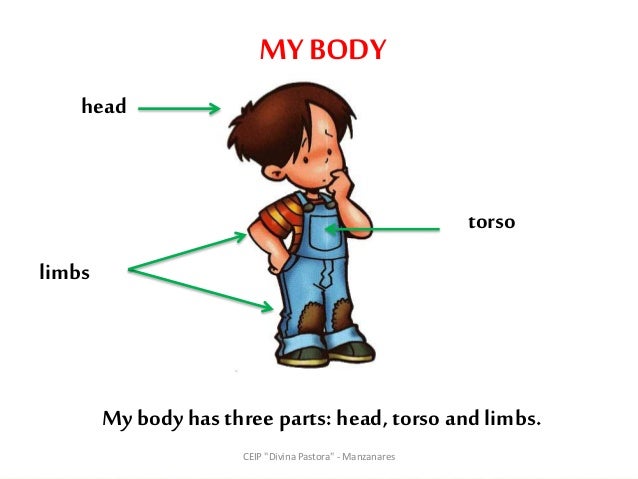
Hola soy Lola Pérez la mama de Samuel Guerra muchas gracias por la información.
ResponderEliminar